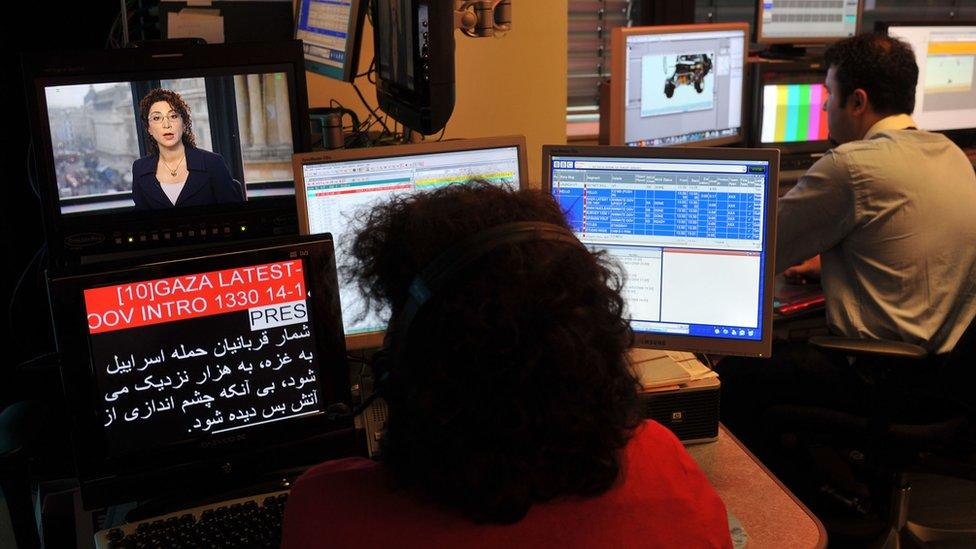The journalists imprisoned for reporting the death that shook Iran
- Published
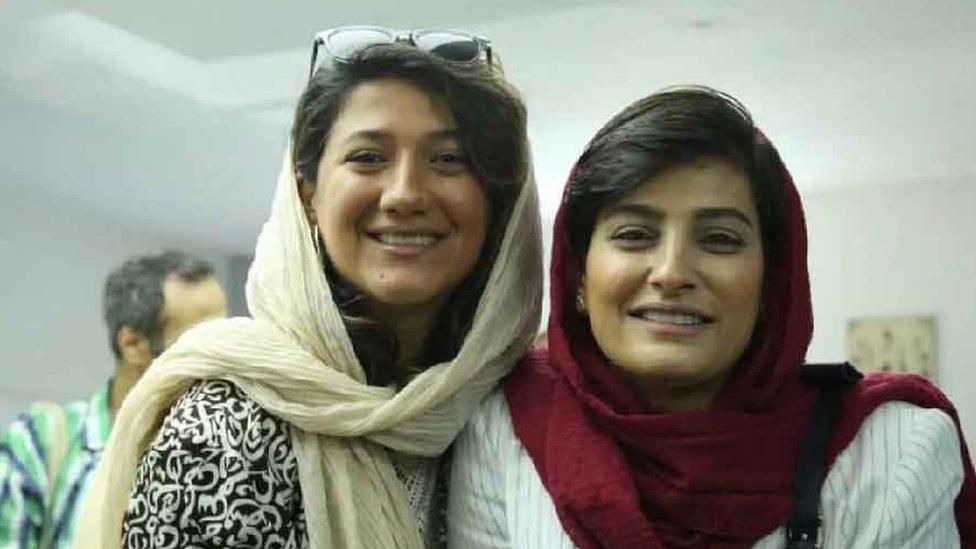
Niloufar Hamedi and Elaheh Mohammadi have been detained in Iran for more than 200 days
Mahsa Amini's name made headlines around the world when she died in custody last September, sparking waves of protests in Iran. But not many people have heard of Niloufar Hamedi and Elaheh Mohammadi.
The two female journalists helped break the story of Ms Amini's death and have been detained in two of Iran's most notorious prisons ever since.
On Tuesday, they and the imprisoned Iranian human rights activist Narges Mohammadi were awarded the 2023 Guillermo Cano World Press Freedom Prize, external by the United Nations' cultural agency, Unesco.
"They paid a hefty price for their commitment to report on and convey the truth. And for that, we are committed to honouring them and ensuring their voices will continue to echo worldwide until they are safe and free," said Zainab Salbi, the jury chair.

Niloufar Hamedi's photograph of Mahsa Amini's father and grandmother embracing after her death went viral
Mahsa Amini died in hospital in Tehran on 16 September, three days after she was detained by morality police in the capital for allegedly failing to wear her headscarf "properly".
Witnesses said the 22-year-old Kurdish woman had been beaten while in custody, but authorities denied she was mistreated and instead blamed "sudden heart failure" for her death.
After being informed of her death at the hospital, Ms Amini's father and grandmother hugged each other.
Niloufar Hamedi, a 30-year-old journalist with the Sharq newspaper, took a photograph of that moment of grief and posted it on her Twitter account. Alongside it, she wrote: "The black dress of mourning has become our national flag."
Two days later, Elaheh Mohammadi, a 35-year-old reporter with the Hammihan newspaper, published a story about Ms Amini's funeral in her hometown of Saqqez, in the western province of Kurdistan.
Ms Mohammadi began her article, which was headlined "A homeland of grief", with a quote from Ms Amini's father: "Mahsa had no underlying health conditions. Whoever says that is lying."
Ms Mohammadi went on to describe how almost 1,000 men and women attended the funeral.
"The mourners cried out, 'Woman, life, freedom,'" she reported. These words would later be heard at protests across the country.

Mahsa Amini died three days after she was detained for allegedly failing to wear her headscarf "properly"
On Ms Amini's grave was written: "You won't die. Your name will become a symbol."
It foretold the events that would shake Iran in the days and months to follow.
On 22 September, just six days after she tweeted the photograph of Mahsa's grieving family, Niloufar Hamedi was arrested.
Security forces also raided Elaheh Mohammadi's home at the same time, seizing her electronic devices. On 29 September, she too was arrested.
Both Ms Hamedi and Ms Mohammadi were already known for hard-hitting news reports and coverage of human rights issues.
"[Niloufar Hamedi] was often the first reporter to break a story," says Sina Ghanbarpour, a fellow Iranian journalist.
"So when Mahsa Amini was arrested by the morality police officers, it was no surprise that I first read about it in a report by [her]."
As well as winning the UN's press freedom prize, Ms Hamedi and Ms Mohammadi have been named as two of Time Magazine's 100 Most Influential People of 2023, external and given the 2023 Louis M Lyons Award for Conscience and Integrity in Journalism, external, presented by Harvard University in the United States.
"Journalists in Iran are risking their lives on a daily basis to report on the conditions and oppressions there," the Harvard fellows noted.
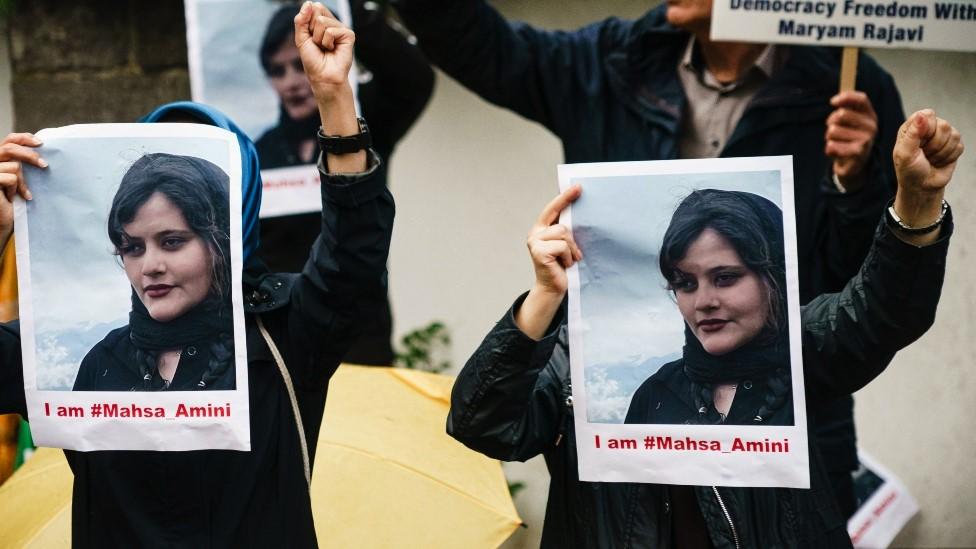
Mahsa Amini's death led to a wave of protests in Iran and rallies in solidarity around the world
The Islamic regime controls much of the country's media, while journalists and independent news outlets are under intense pressure. Access to the internet is also frequently cut off.
According to Reporters Without Borders, journalists in Iran "are constantly persecuted by means of arbitrary arrests and very heavy sentences handed down after grossly unfair trials before revolutionary courts".
"It's an endless nightmare," one Tehran-based journalist recently told the Paris-based media watchdog. "I'm afraid to write anything, even in my notebook. I feel I'm being watched all the time."
Although Ms Hamedi and Ms Mohammadi had the backing of their newspapers, it was still the individual journalists who faced consequences.
Dozens of reporters have been arrested in Iran since Mahsa Amini's death and authorities have been accused of harassing their family members as well.
Protesters have also been detained in their thousands, while hundreds have been killed.
Almost eight months on, the protests are not as visible, but many Iranians are still fighting for the abolition of the system that controls their personal and public lives.
Women across Iran are choosing not to abide by the mandatory hijab rules and are taking a huge risk each time they go out without a headscarf.

Elaheh Mohammadi and Niloufar Hamedi's newspapers have insisted that they were just doing their jobs
Ms Hamedi and Ms Mohammadi have meanwhile been kept in harsh conditions at Evin prison in Tehran and Qarchak Women's Prison, south of the city.
Reports from inside Qarchak suggest that the facilities are inhumane, with a lack of medicine, food and even safe drinking water or clean air.
Ms Mohammadi lost 10kg (22lbs) in the first three months of her detention, her husband wrote on his Instagram page.
Both women have also struggled to access legal support.
The first lawyer appointed to represent the pair said in October that he was unable to communicate with them or access the legal documents surrounding their arrests. Less than a month later, he was himself arrested.
The journalists' families have struggled with the pain of not knowing what is going to happen to them.
"I'm asked, 'What do the authorities tell you?' I'm not even sure which institution or person to contact," Ms Hamedi's husband, Mohammad Hossein Ajorlou, said in an interview with Sharq.
He too has found it difficult to get information about what his wife is accused of and what is likely to happen to her.
At the end of October, Iran's ministry of intelligence and the intelligence agency of the Revolutionary Guards issued a statement accusing Ms Hamedi and Ms Mohammadi of being trained by the US Central Intelligence Agency to foment unrest in Iran.
Their newspapers denied the allegations and insisted they had just been doing their jobs.
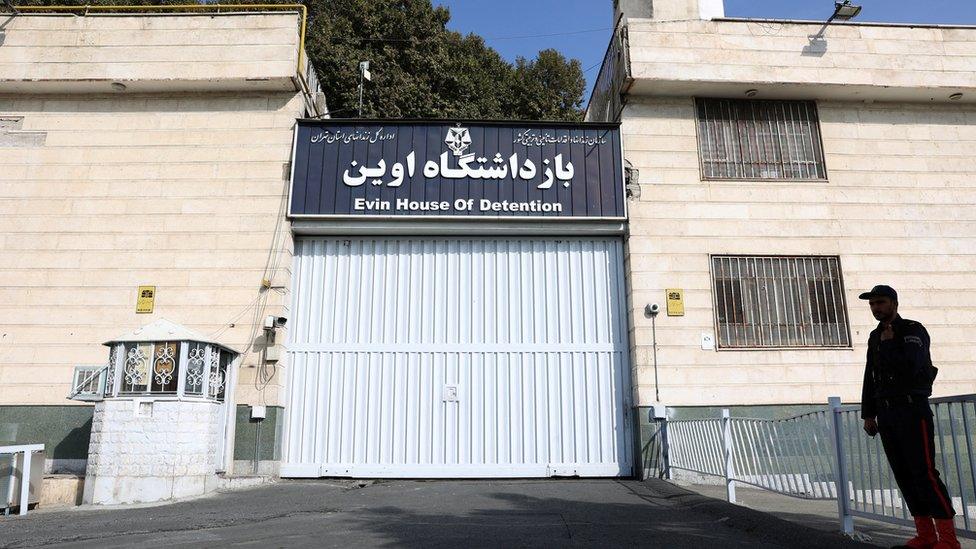
The journalists were recently moved back to Tehran's Evin prison, apparently in preparation for their trial
Last week, after they had both spent more than 200 days in custody, the Iranian judiciary announced that Ms Hamedi and Ms Mohammadi had been indicted and their cases referred to a court.
Judiciary spokesman Massoud Setayeshi told a news conference that they faced the charges of "collaborating with the hostile government of America, conspiracy and collusion to commit crimes against national security and propaganda against the establishment".
Mr Setayeshi said they would stand trial before Branch 15 of the Revolutionary Court in Tehran and that the start date would be determined within a month.
Branch 15 is presided over by the notorious judge Abolqasem Salavati, nicknamed "the Judge of Death" because of the harsh sentences, including many death sentences, that he has handed down to political prisoners, human rights activists and protesters.
On Monday, Ms Hamedi's husband wrote on Twitter that she and Ms Mohammadi had been transferred back to Evin prison from Qarchak, external, apparently in preparation for their trial.
Mohammad Hossein Ajorlou also recently shared a photograph of two friendship bracelets wrapped around his wrist, external.
He explained they were a gift his wife had given him to mark Persian New Year, or Nowruz. She had woven them with thread taken from prison's towels, he said. The post ended with the phrase, "Woman, life, freedom."
Related topics
- Published3 May 2023

- Published16 February 2023

- Published12 January 2023
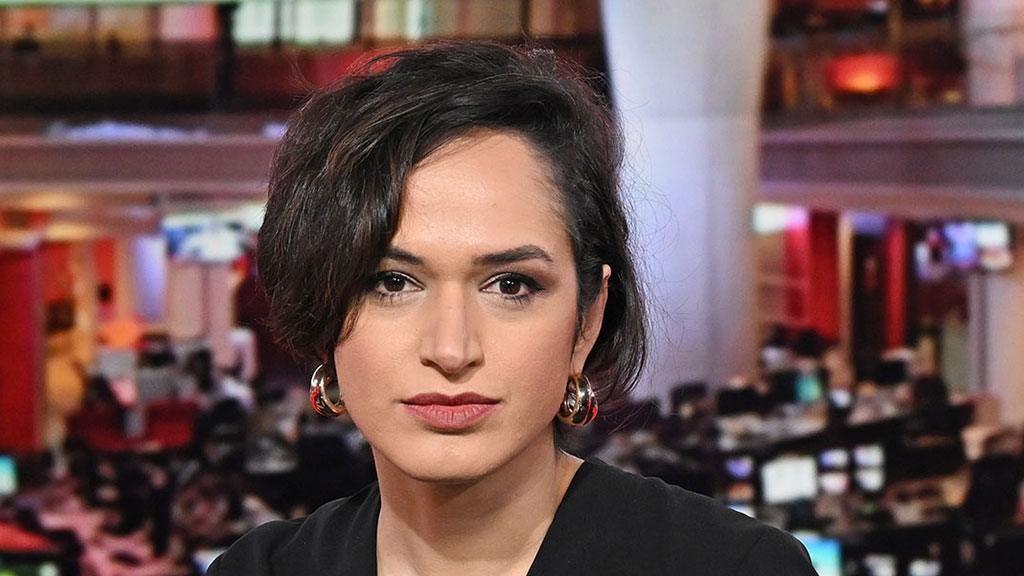
- Published24 December 2022
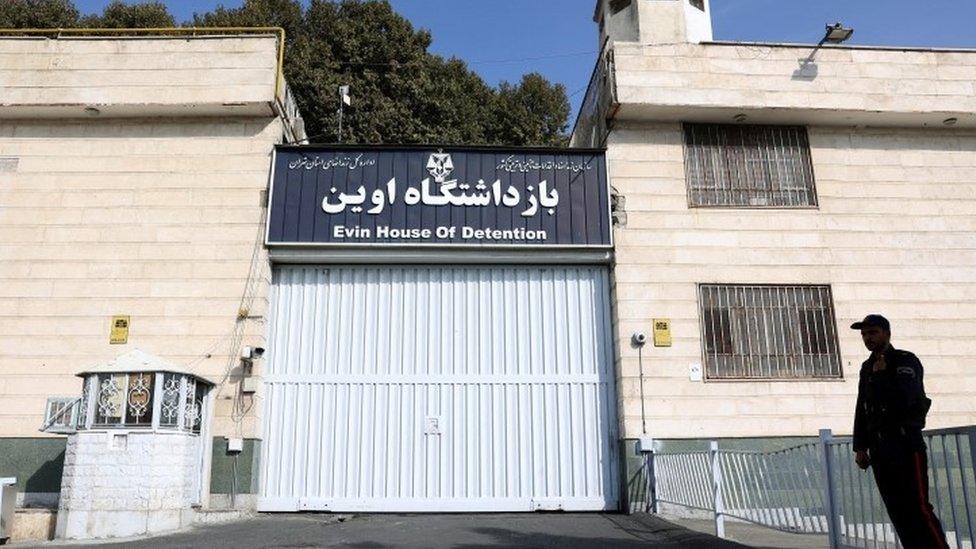
- Published10 February 2022
